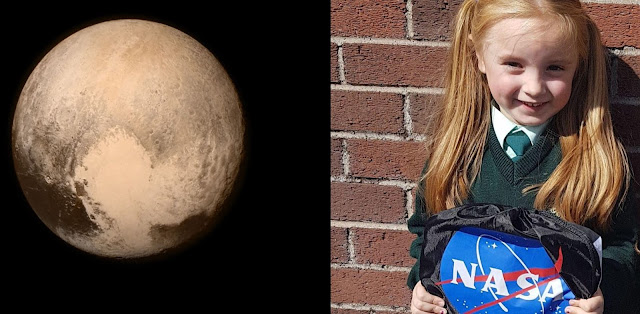Quantum Breakthrough: Quantum Satellite Communication Has Been Achieved By Chinese Researchers
Ever since being laughed off by Einstein as “spooky action at a distance,” quantum entanglement has come a far way. For those who do not know what quantum entanglement is, simply stated, quantum entanglement is a peculiar phenomenon of our complex cosmos whenever two (or more) particles basically conjoin and instantaneously affect each other, regardless of their distance.
Think of it as two coins-- if you observed one of the coins to be heads, the other is guaranteed to be tails. This will occur between particles if they’re one millimeter apart, or on the other side of the great cosmos.
Quantum entanglement is proving to be useful for applications in quantum computing and hack-proof banking, regardless of what Einstein thought on the matter. Quantum mechanics and entanglement is driving the modern world further.
A new study allowed Chinese scientists to successfully achieve entanglement among photons between a satellite and earth at a distance of over 1,200 kilometers, equal to 1,931 miles. The previous record for entanglement distribution of a small 100 kilometers was shattered by this new study.
Juan Yin, lead author and physicist at The Science and Technology University of China located in Shanghai wrote the following in his research paper on the subject: “We have demonstrated the distribution of two entangled photons from a satellite to two ground stations that are 1,203 kilometers apart. Long-distance entanglement distribution is essential for the testing of quantum physics and quantum networks.”
However, regardless of all of this, physicists have only been able to distribute entangled particles over a distance of 100 kilometers. The reason was to why the distance was a mere 100 kilometers is the fact that particles tend to get lost during their arduous travel along the optical fibers or over open land.
Possible ways in order to exterminate the variables that ruin the process and to improve particle distribution thankfully exist. Breaking transmission into smaller sections and then proceeding to swap, purify and store the quantum information along the optical fibers. All of this sounds ideal and lovely but the dilemma is this: information needs to be stored for long periods of time and retrieved quickly.
Fortunately, Yin and his team demonstrated a better option: the beauty of laser beams and satellite technology.
Micius, the first quantum-enabled satellite launched last year was kind and lent researchers a hand. Researchers used Micius to communicate with three ground stations using entangled photons. Each station had a distance of approximately 1,200 kilometers in between them and in the range of 500-2,000 kilometers away from the orbiting satellite. With the help of a beam splitter, the team split the laser beam into two distinct polarized states. Each of the split beams had its own particular duty-- one sent out the photons and the other received them.
Clearly, the photons managed to maintain their state of entanglement and successfully received from the ground stations.
In their paper, the team wrote: “Compared with the previous method of entanglement distribution by direct transmission of the same two photon source the link efficiency of our satellite-based approach is twelve to seventeen orders of magnitude higher.”
The main benefit of such an approach is that satellites possess the ability of covering two earth based locations with a distance of over 1,000 kilometers and with most of the transmission path being a vacuum, little to no particle loss exists. Even if perfect optical wires were to be constructed, this method remains superior.
This wondrous record opens a whole new wave of possibilities. All involving quantum mechanics and quantum entanglement is capable of seeing incredible progress.

Comments
Post a Comment